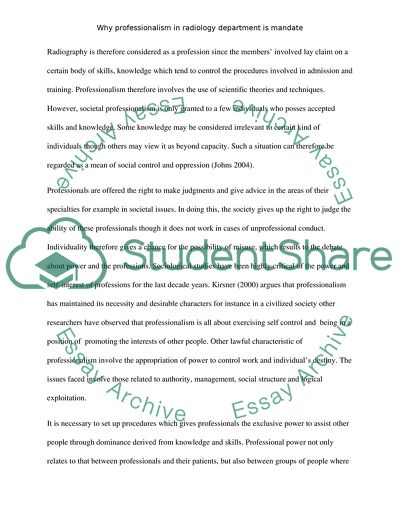Cite this document
(Why Professionalism is Mandate Case Study Example | Topics and Well Written Essays - 2500 words, n.d.)
Why Professionalism is Mandate Case Study Example | Topics and Well Written Essays - 2500 words. Retrieved from https://studentshare.org/technology/1741080-why-professionalism-in-radiology-department-is-mandate
Why Professionalism is Mandate Case Study Example | Topics and Well Written Essays - 2500 words. Retrieved from https://studentshare.org/technology/1741080-why-professionalism-in-radiology-department-is-mandate
(Why Professionalism Is Mandate Case Study Example | Topics and Well Written Essays - 2500 Words)
Why Professionalism Is Mandate Case Study Example | Topics and Well Written Essays - 2500 Words. https://studentshare.org/technology/1741080-why-professionalism-in-radiology-department-is-mandate.
Why Professionalism Is Mandate Case Study Example | Topics and Well Written Essays - 2500 Words. https://studentshare.org/technology/1741080-why-professionalism-in-radiology-department-is-mandate.
“Why Professionalism Is Mandate Case Study Example | Topics and Well Written Essays - 2500 Words”, n.d. https://studentshare.org/technology/1741080-why-professionalism-in-radiology-department-is-mandate.


